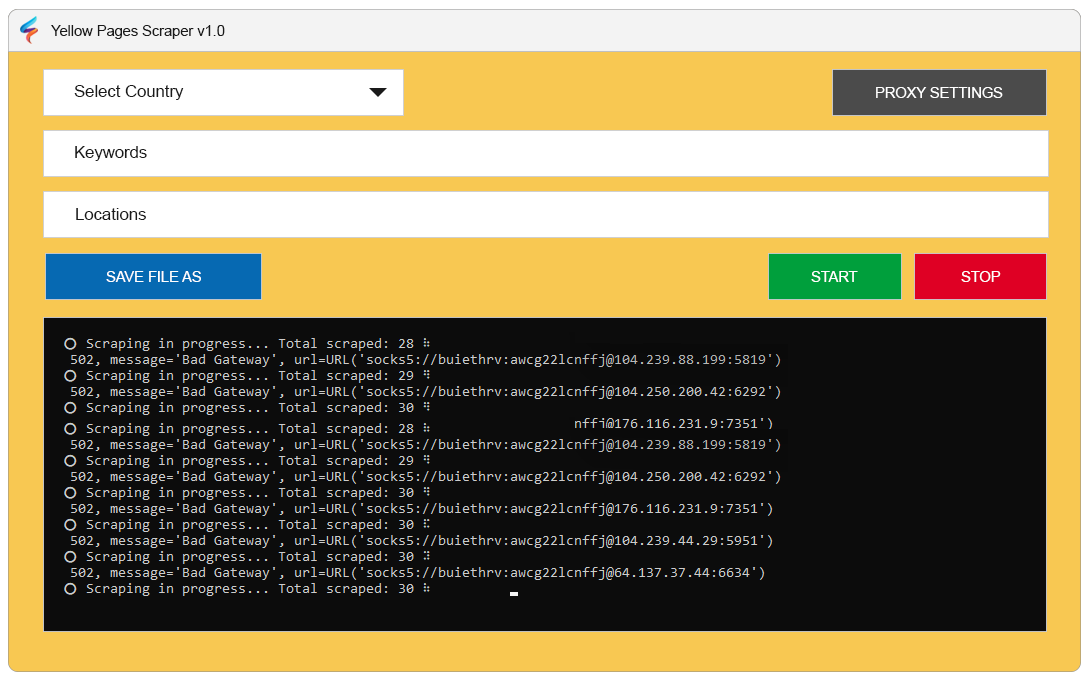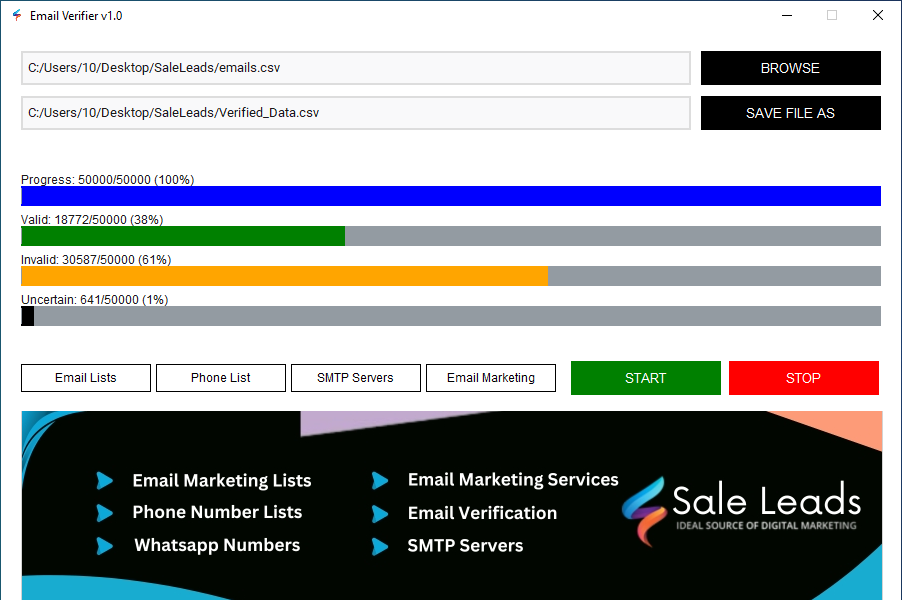SMTP Server for Bulk Email Marketing
SMTP Server for Bulk Email Marketing is an ideal solution for your business. SMTP is a tool that you can use to send bulk emails to your clients. The SMTP (Simple Mail Transfer Protocol) has a lot of benefits as you can use it to run email campaigns several times. Emails travel online like letters in the mail. Senders send emails to a service, which delivers them to recipients
In online mailing, SMTP servers act like mail carriers. When you send an email, the SMTP server gets it, checks the address, and sends it to the receiver through several steps. It works like a regular server, moving data to another server.
SMTP is different from other servers because it has a special job. It sends, receives, and passes on email data and content in its unique way. For better results, we recommend you run a campaign using our server. Make sure to take care of the special protocols before running your campaign.

Our Plans & Pricing
Plan 1
Send 100,000 Email per month
- 1 Dedicated IP Address
- SPF/DKIM configuration
- Detailed stats/reports
- 24/7 Email Support
Plan 2
Send 250,000 Email per month
- 2 Dedicated IP Address
- SPF/DKIM configuration
- Detailed stats/reports
- 24/7 Email Support
Plan 3
Send 500,000 Email per month
- 3 Dedicated IP Address
- SPF/DKIM configuration
- Detailed stats/reports
- 24/7 Email Support
Plan 4
Send up to 1 Million Emails per month
- 4 Dedicated IP Address
- SPF/DKIM configuration
- Detailed stats/reports
- 24/7 Email Support
Our SMTP Servers are strictly not for Scam or other illegal activities.
We have zero tolerance for Spam and other illegal activities. Your SMTP can be blocked without any notice
if we find any Spam or illegal activities from our SMTPs. If you don’t agree to our Spam policy then
don’t buy our SMTPs.
Overview of SMTP
SMTP helps you send and receive emails. It converts emails into codes for transmission. Without an SMTP server, emails risk being lost. The server processes and forwards messages to the right client.
For a better result, we recommend warming up your server after purchasing from our website. After that, make sure to start from 10-20 emails per hour and gradually increase the sending speed.
Once your server is properly warmed up, you can easily send millions of emails without any issues. However, we did not recommend that you use SMTP for spam activities. We want you to use it legally by following the CAN-SPAM policy.


Email Verification and Delivery
SMTP checks if the sender’s account is active, preventing bot-generated emails. The SMTP server informs the sender if delivery fails due to an incorrect address or server issues, helping maintain a clean inbox.
Monitoring SMTP Performance
SMTP servers track email success through open rates and click rates. They also monitor bounces and unsubscribes. Understanding device statistics and spam scores helps optimize email campaigns and improve deliverability. The SMTP Server Bulk Email Sending is an ideal option for you.
If you run a campaign on Mailwizz or want us to run a campaign for you, we will provide you with a full overview of your campaign, including the number of opens and clicks.
1. Buy SMTP Server
If you buy an SMTP server from us we will provide you with a ready-made SMTP Server for Bulk Email Marketing. We will set up a server for you, Our configurations include Postfix, Dovecot, DKIM, SPF, DMARC, rDNS, and fix all issue to create a complete server.
What You Will Get From Us?
- Host Name
- Email Address
- Password
- Port
- IP Address
- Domain Name
After you get the SMTP details, connect them to your sender software. There are no extra charges from us until the first month ends. After one month, you can buy more days if you need the service. You can use any sender software you like. You can also switch to a third-party sender. We also offer MailWizz and can connect your SMTP to it using our license key.
If you have an email sender, you can connect these details with the sender and start immediately sending emails using our service. But if you are unable to connect, you can request to buy a Sender like Mailwizz Mautic or any other. We will set it up for you at a small cost.
Then, you can run an email campaign on it. But make sure to warm up your server. As a beginning package, you can use 1 IP SMTP.
- The benefit of buying a server is that you can run more campaigns in the Future.
- You can Manage Your Server.
2. Buy SMTP Services
If you buy our SMTP services you just need to provide us with your email subject line, email content “reply to email address” and some more details. We will run an email campaign for you and provide you with a live link to an overview. This email marketing service will save you time.
- The benefit of buying SMTP services is that you don’t need to work on the server to create a Campaign.
- We will manage all technical issues and re-run your campaign if it is not successfully sent.
3. Buy SMTP Server With Sender
The Sender we have is Mailwizz which is a user friendly and allow you to send bulk emails. It has options to optimize campaigns and share live overview with your client. If you pay for sender we will set-up it for you and provide you will full customization. After that you just need to login and start sending emails by uploading your list. If you send emails using a good subject line, high-quality content your IP address and domain will be stable. The duration for the server is for 30 days after that you can renew it or purchase a new server. However, if you need it for more days you can request us we will provide you some additional days.






